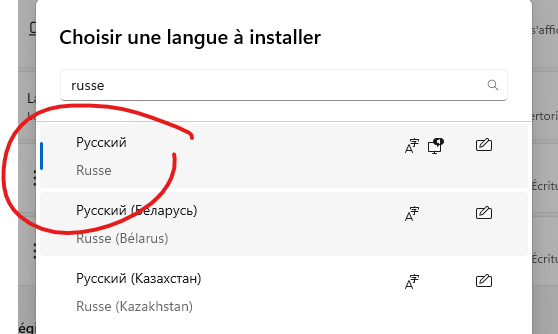How the Shared Values Visa is Redefining Immigration Policies in 2025
Traditional immigration policies have centered on economic and educational qualifications. The year 2025 brings a transformation as countries worldwide accept the shared values visa. This revolutionary approach puts cultural arrangement at the vanguard of immigration decisions.
Nations like Russia now lead efforts to redefine the ideal immigrant profile. The new system assesses candidates based on their arrangement with national values. This creates a more nuanced approach to population movement and cultural integration.
The shared values visa system reshapes global migration patterns in fascinating ways. Our analysis gets into these changes and their effects on global migration. We also assess the support frameworks that help immigrants blend into their new communities.





